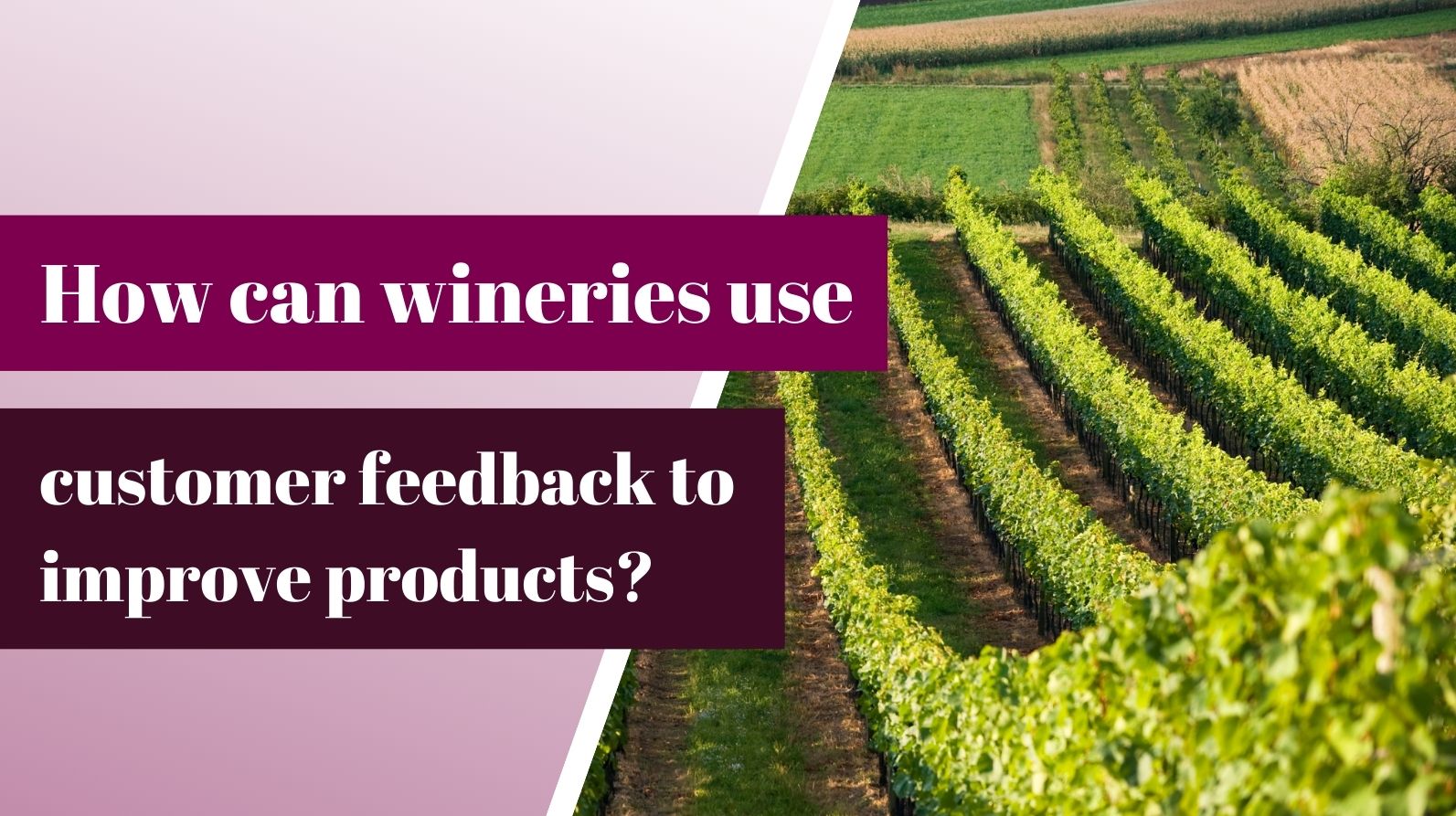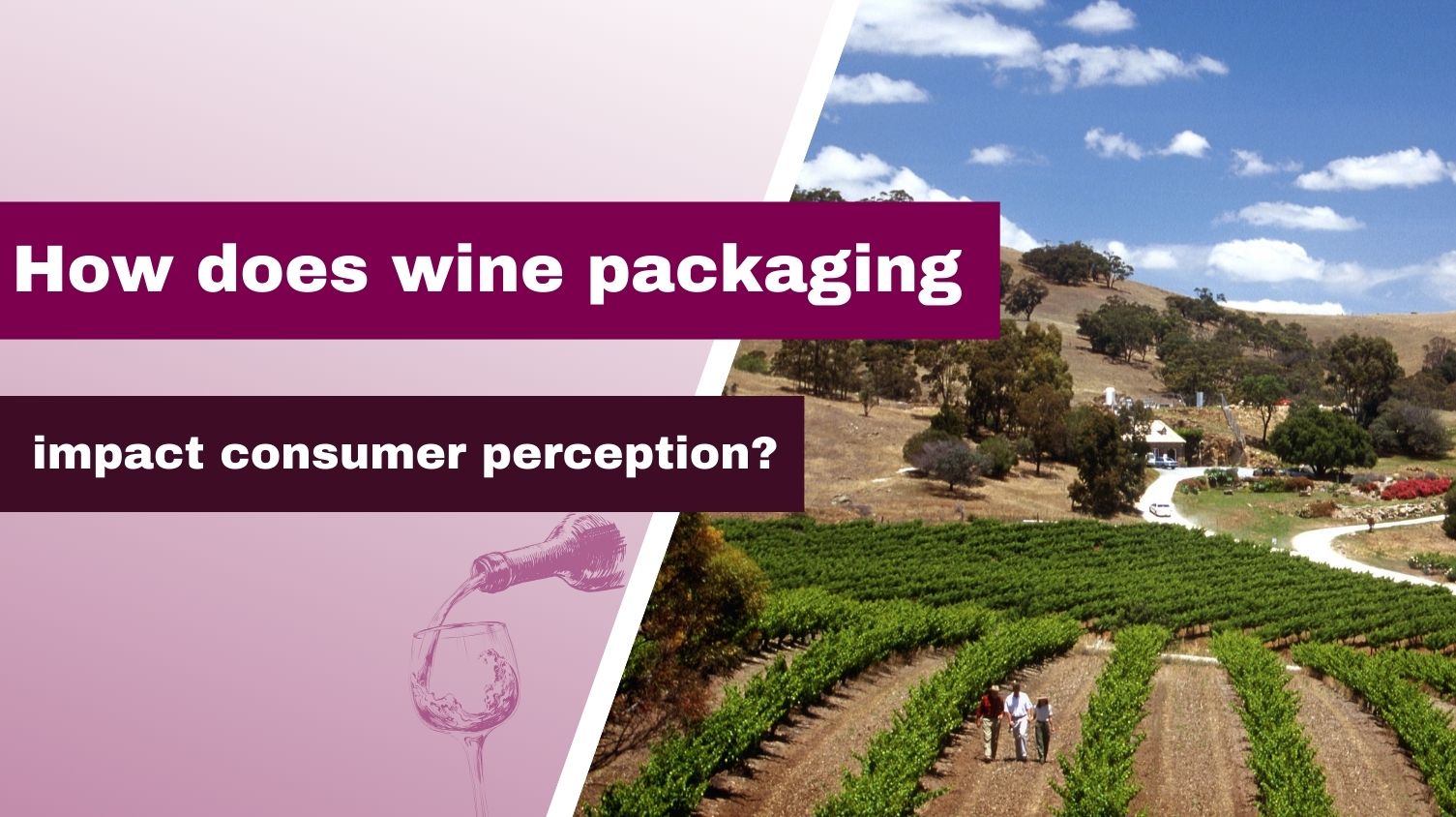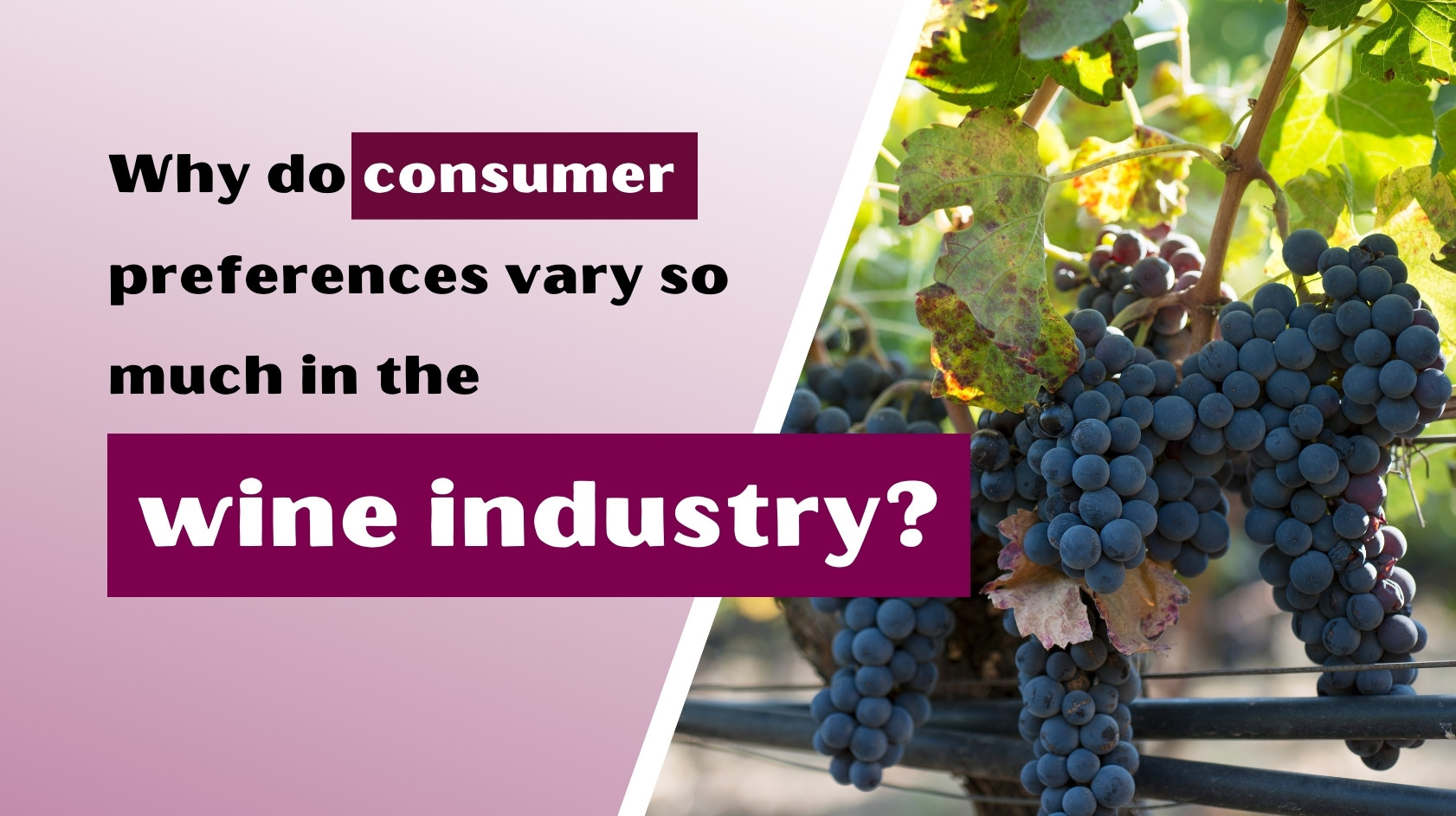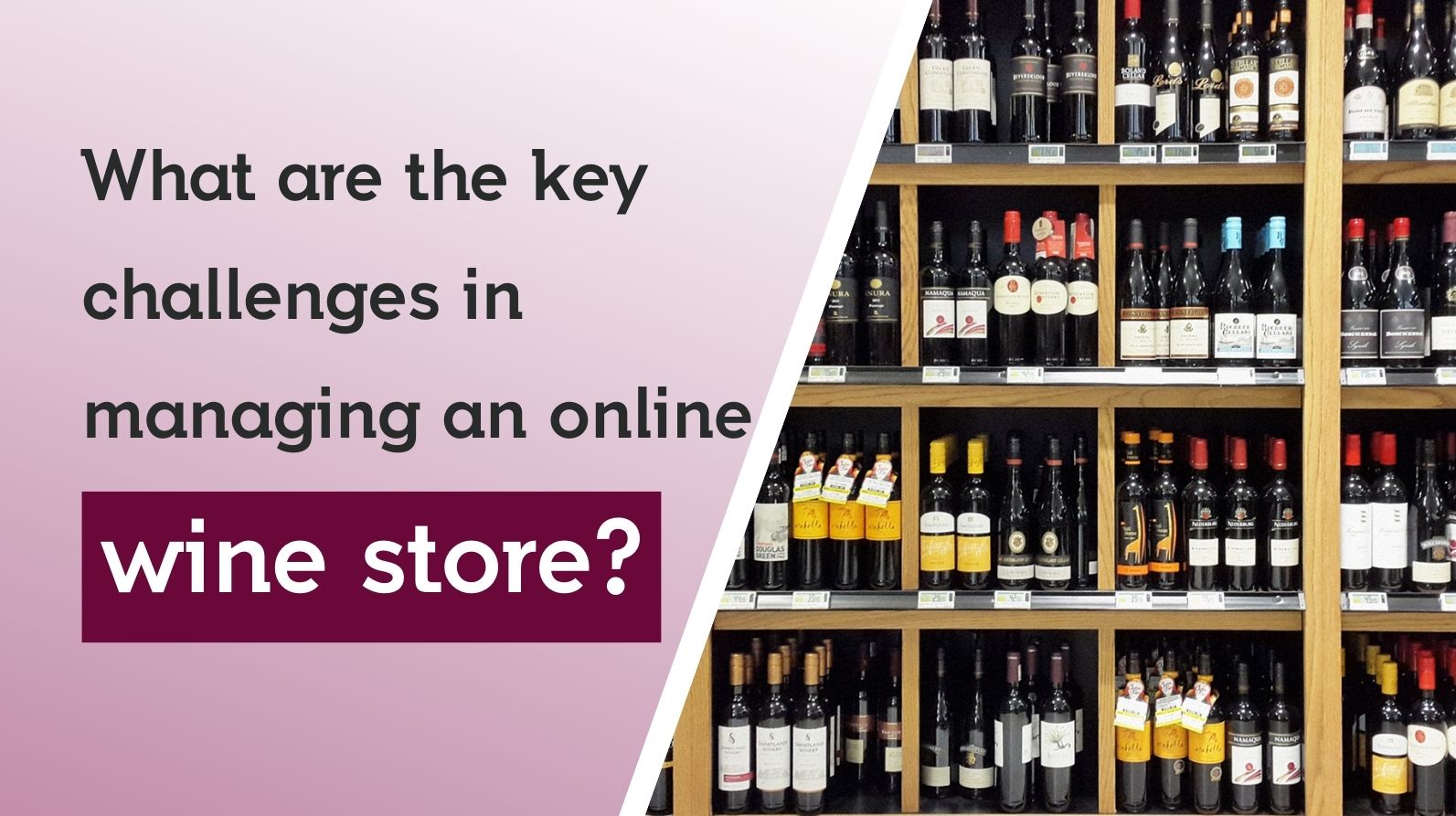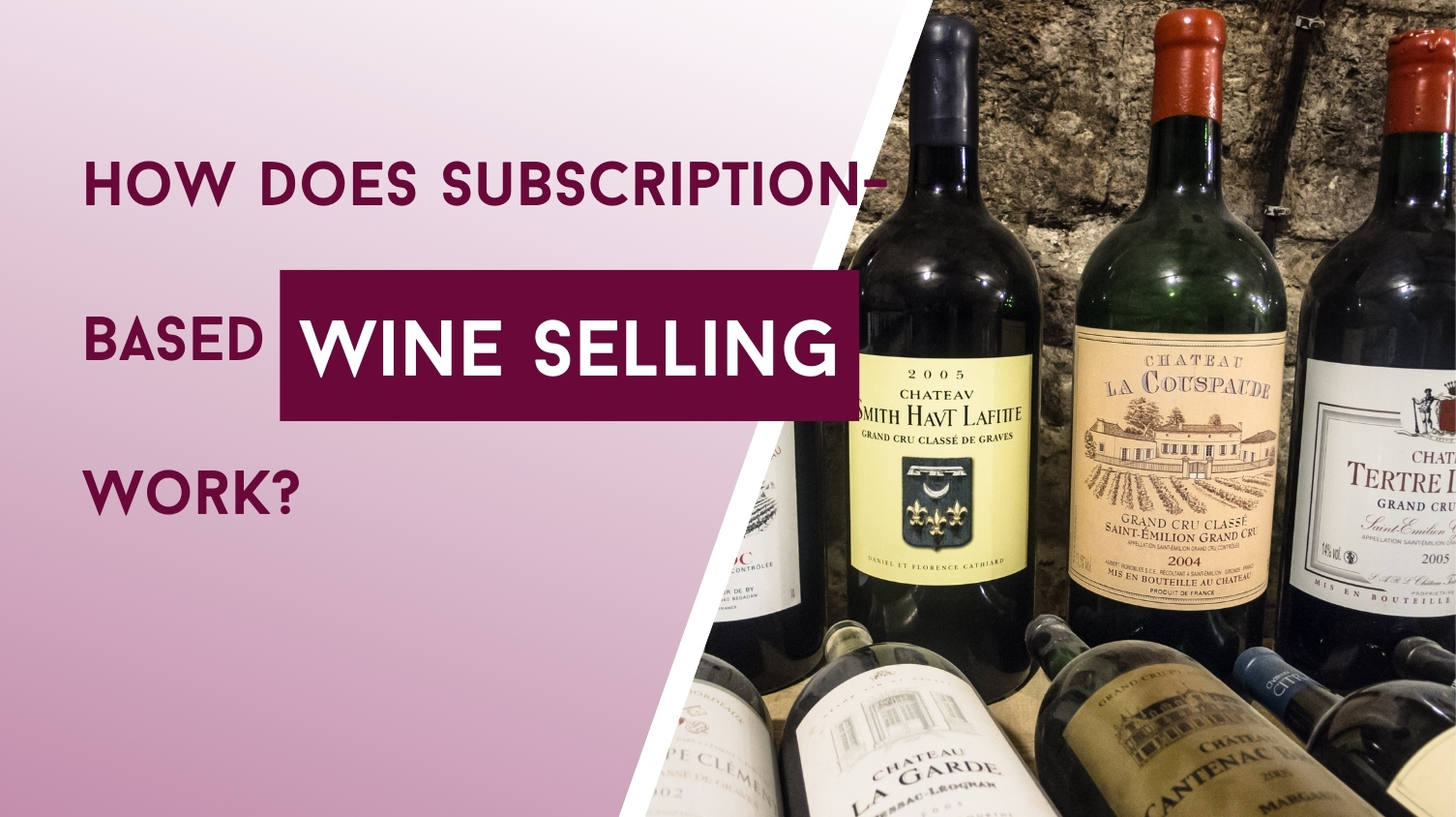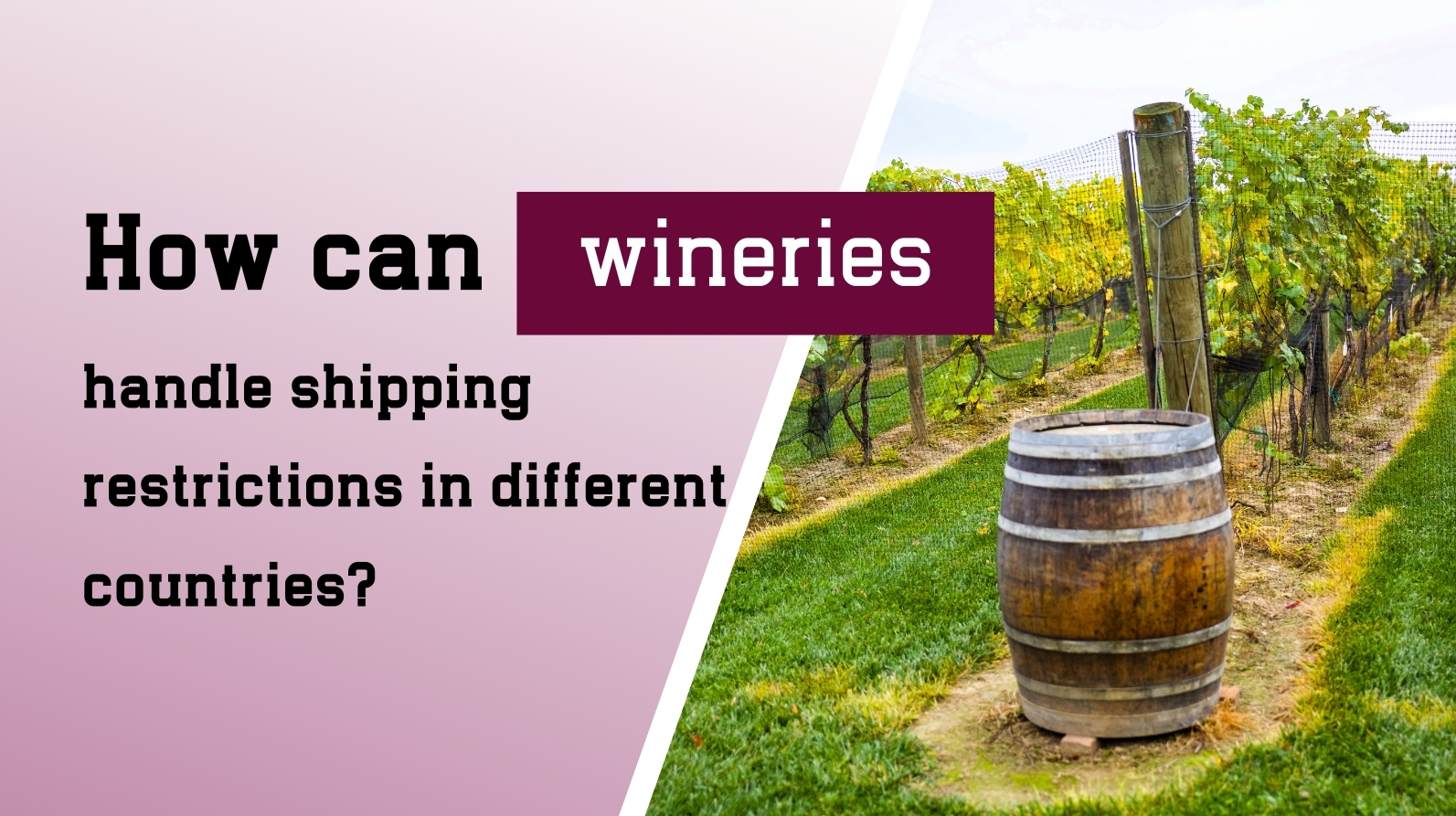What are the most effective ways to promote wine internationally?

Introduction
As more people around the world enjoy wine, wineries and wine brands need smart strategies to reach international customers. Selling wine globally requires a mix of traditional and modern marketing techniques to attract different tastes and cultures.
This guide shares 10 proven strategies to help wine brands grow internationally and achieve long-term success.
1. Create a Strong Brand Identity
A unique brand identity helps your wine stand out. Tell your winery’s story, share its values, and highlight what makes your wine special.
Key Elements of a Wine Brand Identity:
Authentic Storytelling – Share your winery’s history and passion to connect with customers.
Eco-Friendly Practices – People love brands that care about the environment.
Consistent Branding – Your logo, label, and packaging should be attractive and easy to recognize.
Awards & Recognition – Show off any wine awards to build trust and credibility.
A strong brand identity makes customers feel connected to your wine and keeps them coming back.
2. Use Social Media to Reach Customers
Social media is a great way to attract wine lovers worldwide. Platforms like Instagram, Facebook, TikTok, and Twitter help wineries show off their products and engage with potential buyers.
Best Social Media Practices for Wine Promotion:
Post High-Quality Photos – Share beautiful images of your wine, vineyard, and food pairings.
Encourage Customer Content – Ask customers to post their wine experiences with a hashtag.
Go Live & Share Stories – Host virtual tastings or behind-the-scenes videos.
Use Paid Ads – Run targeted ads to reach international customers.
A strong social media presence can boost sales and brand awareness.
3. Work with Influencers
Wine influencers, sommeliers, and lifestyle bloggers can introduce your wine to a bigger audience. People trust their reviews and recommendations.
How to Choose the Right Influencers:
Find influencers whose followers match your target customers.
Micro-influencers (10K-50K followers) can help reach niche audiences.
Big influencers can give your brand wide exposure.
Offer them free wine to review and create content.
Invite them to host online wine tastings.
Influencers help build trust and encourage people to buy your wine.
4. Attend International Wine Events
Wine fairs are a great way to meet distributors, importers, and buyers. These events let you showcase your wine and learn about new markets.
Top International Wine Fairs:
ProWein (Germany)
Vinexpo (France)
London Wine Fair (UK)
Wine & Spirits Wholesalers of America (USA)
Meeting people in person helps you build strong business relationships.
5. Sell Wine Online Through E-Commerce
Selling wine directly online helps wineries reach international buyers without relying on local stores.
Must-Have Features for a Wine Website:
Easy Navigation – Simple product search and checkout process.
Multi-Language & Currency Support – Make it easy for global customers.
Subscription Wine Clubs – Offer memberships for repeat buyers.
Secure Payments & Shipping – Provide safe and fast delivery options.
You can also list your wine on platforms like Vivino, Wine.com, and Drizly for extra exposure.
6. Collaborate with Other Brands
Partnering with food, travel, and lifestyle brands can introduce your wine to new customers.
Cross-Promotion Ideas:
Team up with cheese or chocolate brands for special wine pairing promotions.
Work with hotels and airlines to feature your wine on their menus.
Offer restaurant discounts for customers who order your wine.
Collaborations help expand your reach and attract new customers.
7. Invest in Wine Tourism
Wine tourism allows people to experience your winery firsthand, creating a personal connection with your brand.
Ways to Improve Wine Tourism:
Host wine festivals to attract both local and international visitors.
Create a wine club for frequent guests with special perks.
Partner with travel agencies to offer winery tour packages.
Happy visitors often become lifelong customers and share their experiences with others.
8. Use Email Marketing
Email marketing is a great way to stay connected with your customers and encourage repeat purchases.
Best Email Marketing Tips:
Personalized Offers – Suggest wines based on their past purchases.
Exclusive Discounts – Give early access to new wines or special deals.
Educational Content – Share tips on wine pairings and industry updates.
Sending regular emails keeps your customers engaged and loyal to your brand.
9. Adapt to Local Markets
Every country has different rules, tastes, and buying habits. Adjusting your approach can help your wine succeed in different regions.
How to Adapt for International Success:
Change labels and packaging to meet local regulations.
Translate marketing materials into local languages.
Set prices based on the local economy.
Work with local distributors to boost credibility and reach.
Customizing your strategy helps your wine appeal to different cultures.
10. Track and Improve Your Strategies
Measuring your marketing efforts helps you understand what works and what doesn’t.
Important Metrics to Track:
Website Traffic & Sales – See how well your online store is performing.
Social Media Engagement – Monitor likes, shares, and comments.
Customer Feedback – Learn from reviews and testimonials.
Return on Investment (ROI) – Check if your marketing is profitable.
Using data helps you improve your strategy and grow your brand internationally.
Frequently Asked Questions (FAQs)
1. What is the best way to promote wine internationally?
Using social media, influencers, e-commerce, and wine tourism are great ways to reach global customers.
2. How can I sell wine online to international buyers?
Set up a professional online store, partner with wine marketplaces, and offer international shipping.
3. Why should I work with wine influencers?
Influencers provide trusted reviews, introduce your wine to more people, and boost brand awareness.
4. How can I attract tourists to my winery?
Offer guided tours, host tasting events, and collaborate with travel agencies to promote wine tourism.
5. Does sustainability matter in wine marketing?
Yes! Many consumers prefer eco-friendly brands, so sustainable wine production can be a great selling point.

